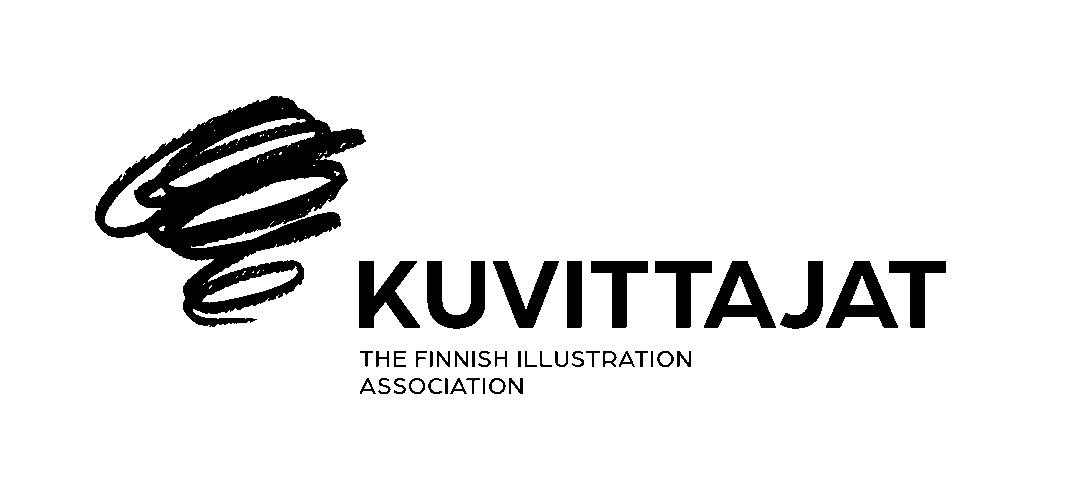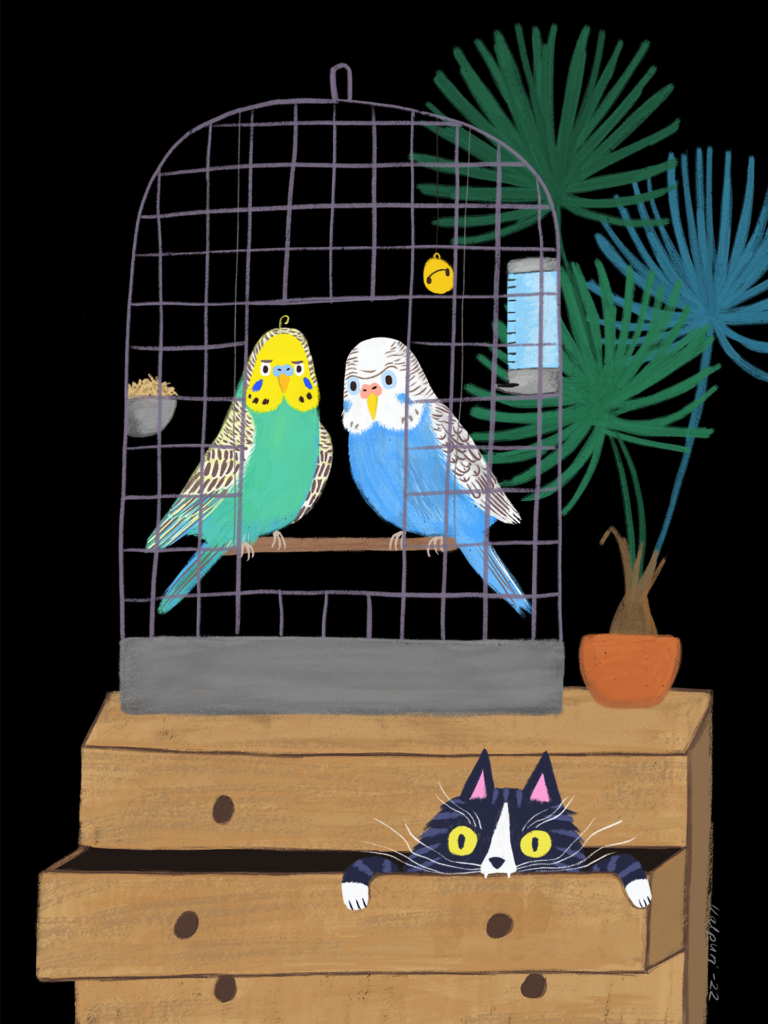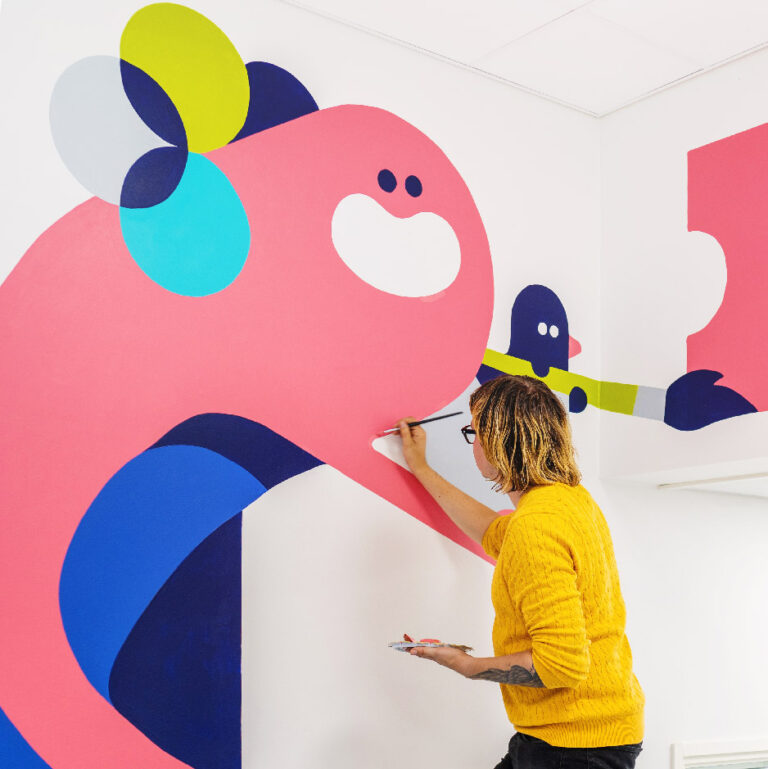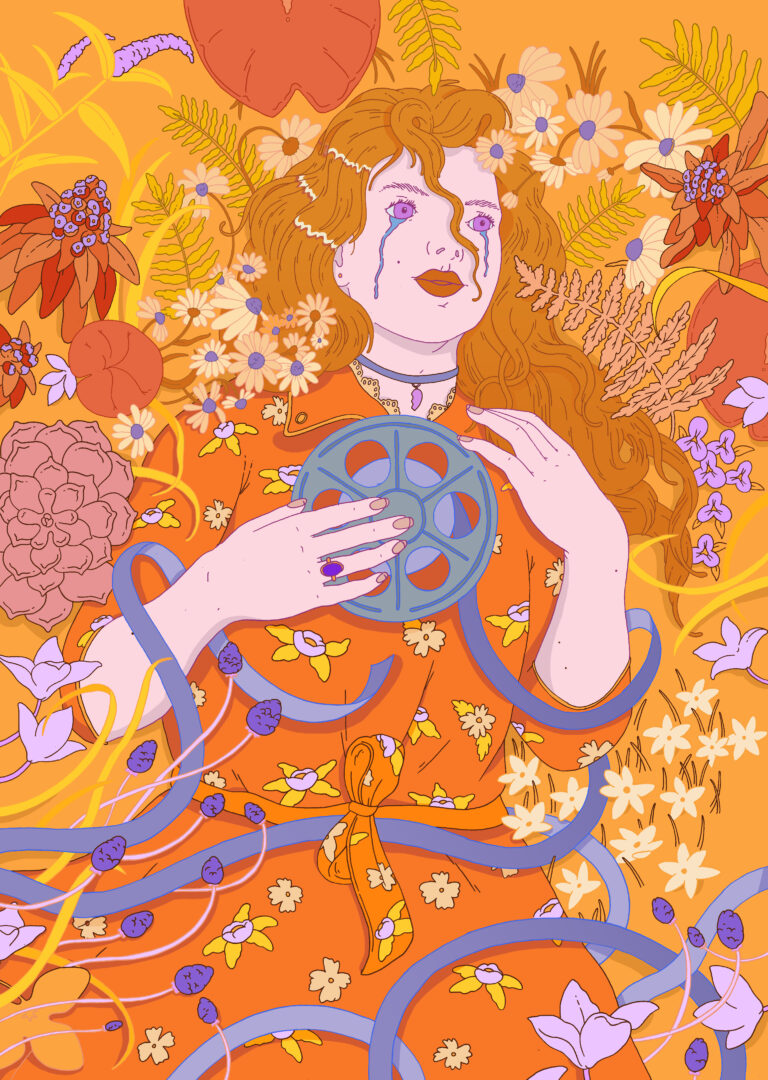Finnish Illustration Today
In 2022, illustrators’ income decreased slightly, but on the other hand, illustrators received more grants and worked more as employees compared to 2021, according to a survey by The Finnish Illustration Association. In general, the amount of illustration work continues to grow. Product and packaging illustration, as well as illustrations for health and social services, are rising trends.


In May 2023, the Finnish Illustration Association conducted the Finnish Illustration Today survey among its members. The survey was answered by 110 illustrators, a statistically significant sample of the association’s 540 full members at the time.
Scalable, Creative Business
Illustrators are primarily sole entrepreneurs, whose businesses create value for other sectors. Illustrations represent immaterial value at its finest: digitally distributable, value-adding products that are protected by copyright and have low reproduction costs. As such, illustration is one of the most clearly structured, flexible, and easily scalable sectors of the creative economy.
In 2022, the most common areas of work among illustrators included children’s book illustration (56%), advertising and marketing illustration (45%), editorial illustration (43%), and illustration for other books and book covers (34%). Product and packaging illustration, at 27%, is up from last year, as is animation, at 15%.
Value and Services to Various Client Sectors
According to the Finnish Illustration Today survey, illustrators’ clients are typically found in publishing, media, advertising, marketing, entertainment and culture. In the industrial sector, illustrators are employed by manufacturers of paper and textile products and clothing.
Three client sectors are growing faster than others. The food industry, due to the growing importance of product and packaging illustration (8 -> 12%). Health and social services also have a higher number (12 -> 19%), as well as the architecture sector (4 -> 8%) which reflects the growing demand for illustrations in the built environment.
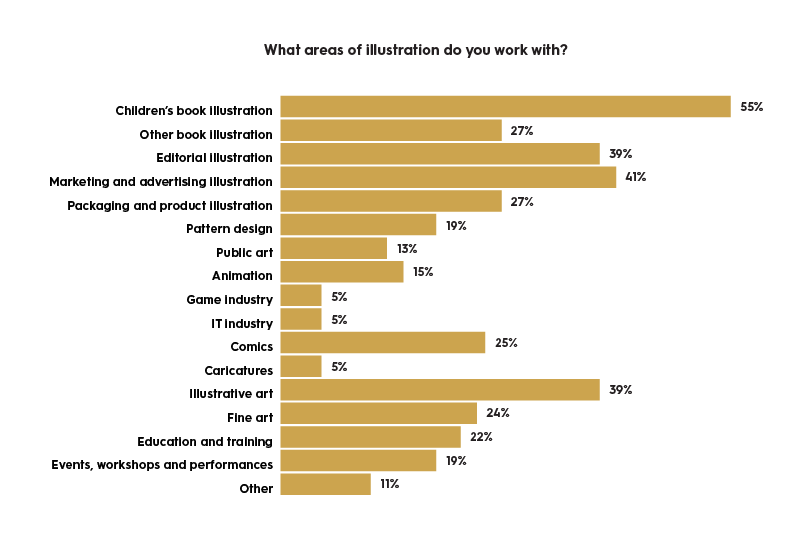

The Amount of Illustration Work Has Increased
In 2022, 74% of respondents to the survey said they earned more than a half of their annual income from illustration work. In 2018, just over one half of respondents (53%) said the same, meaning that the amount of illustration work has increased noticeably.
After last year’s growth, the illustration sector is in a latent phase: little less than a third of respondents say they had more clients and/or commissions in 2022, and just under a third say they had fewer clients and/or commissions than in 2021. A third report that their situation has remained the same.
The numbers are weaker than in 2022, when 40% reported an increase in business. Illustrators still believe in better days ahead, with only 22% believing that numbers in 2023 will be lower than in 2022.
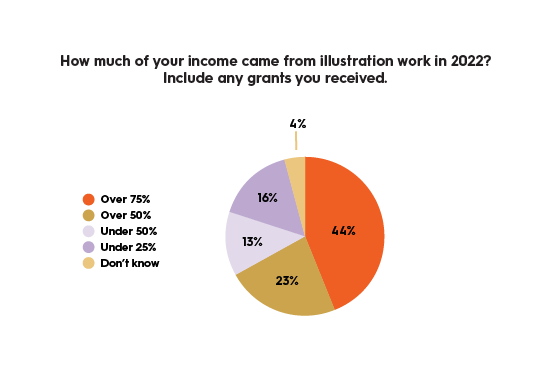

Dependence on Market Trends
In 2018, just over half of illustrators reported that their income had increased from 2016 to 2017. 23% said their income had remained about the same. A dip in the very positive development was seen in 2020, when COVID-19 had at least some economic impact on more than 50 percent of illustrators and their companies. In the Finnish Illustration Association’s survey on the impact of COVID-19 on the illustration industry in 2021, 60% of the respondents said that their or their company’s income had decreased in 2020. 14% of respondents said that the decrease amounted to more than 50% of their normal revenue. The situation seems to have normalized, but it should be emphasized that the uncertainty related to the development of the economy, business environment, energy crisis, and general world situation is still at an exceptionally high level.
The situation of client companies will continue to influence the stability of the situation of illustrators. During COVID-19, illustrators working in marketing and editorial illustration reported a decrease in revenue of more than 50%, meaning that these client sectors appear to be more susceptible to economic fluctuations. As a result, the business activities of illustrators who work with client sectors susceptible to economic fluctuations may be more turbulent than those of their colleagues in other sectors. In addition to these companies, the number of orders in B2B customer sectors is also influenced by the situation of the companies in their client sectors, confidence in the future, and the courage to buy.
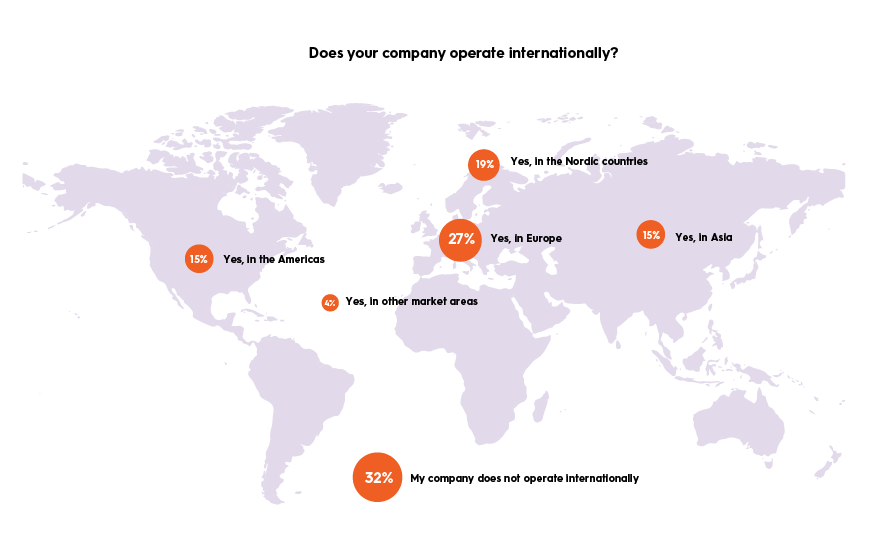

Actively Seeking Growth
Half of the respondents say that they are looking to grow their business where possible. 13% say that they are actively seeking growth – double the 7% who said the same last year. With a small domestic market, illustrators have to look abroad for growth, and the illustration industry is highly international compared to other businesses. As a digital business, the international illustration business is relatively easy and the potential market for Finnish illustrations is huge. 21% of illustrators report activities in Europe, 12% in Asia, 12% in the Americas, 14% in the Nordic countries, and 3% in other markets. 4% of illustrators say that they have signed up with a foreign agent. 8 % say they plan to expand into Europe. Illustrators also have Nordic and Asian ambitions. It should also be noted that 5% of respondents say they live in another country. International activities are significantly more common in the illustration sector than in the SME sector in general (The SME barometer).
